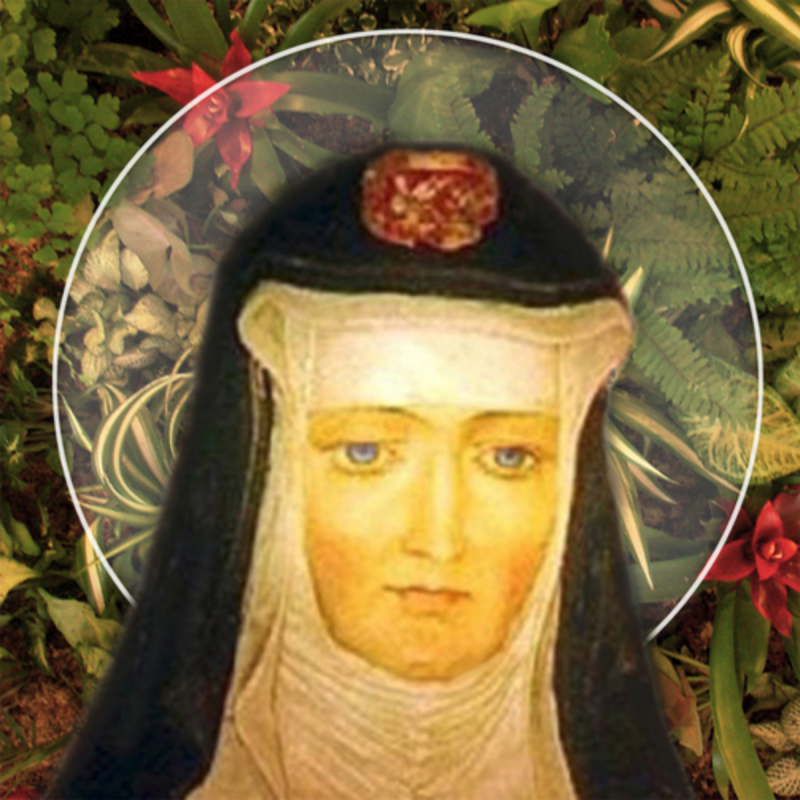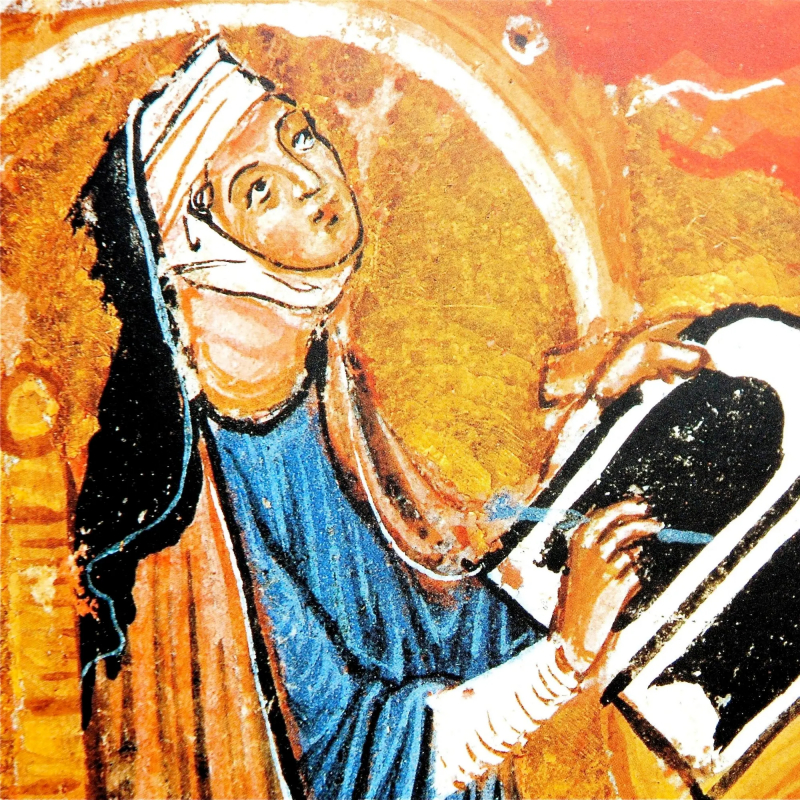Hildegard of Bingen
A visionary mystic, composer, and German abbess named Hildegard of Bingen was superior to some nunnery groups. She was raised in a religious household and was rumored to have experienced visions as a young child. She was educated in Catholic institutions, had noble parents, and began wearing the habit at the age of 15. She also led a pious lifestyle.
With the aid of a monk, Hildegard of Bingen had her visions written down, resulting in "Scivias," which contained 26 apocalyptic and prophetic visions. Their topics include the church, the divine-human relationship, and atonement.
In or around 1147, she and a few other nuns established a new monastery at Rupertsberg where she continued to use her talent and keep a journal of her visions.
As she traveled the country, evangelizing to big crowds about her visions and religious insights, Hildegard became well-known in Germany. She was a gifted poet and composer; she wrote the music for each of the 77 lyric poems she wrote. In the Catholic church in Germany, she is a respected figure.









